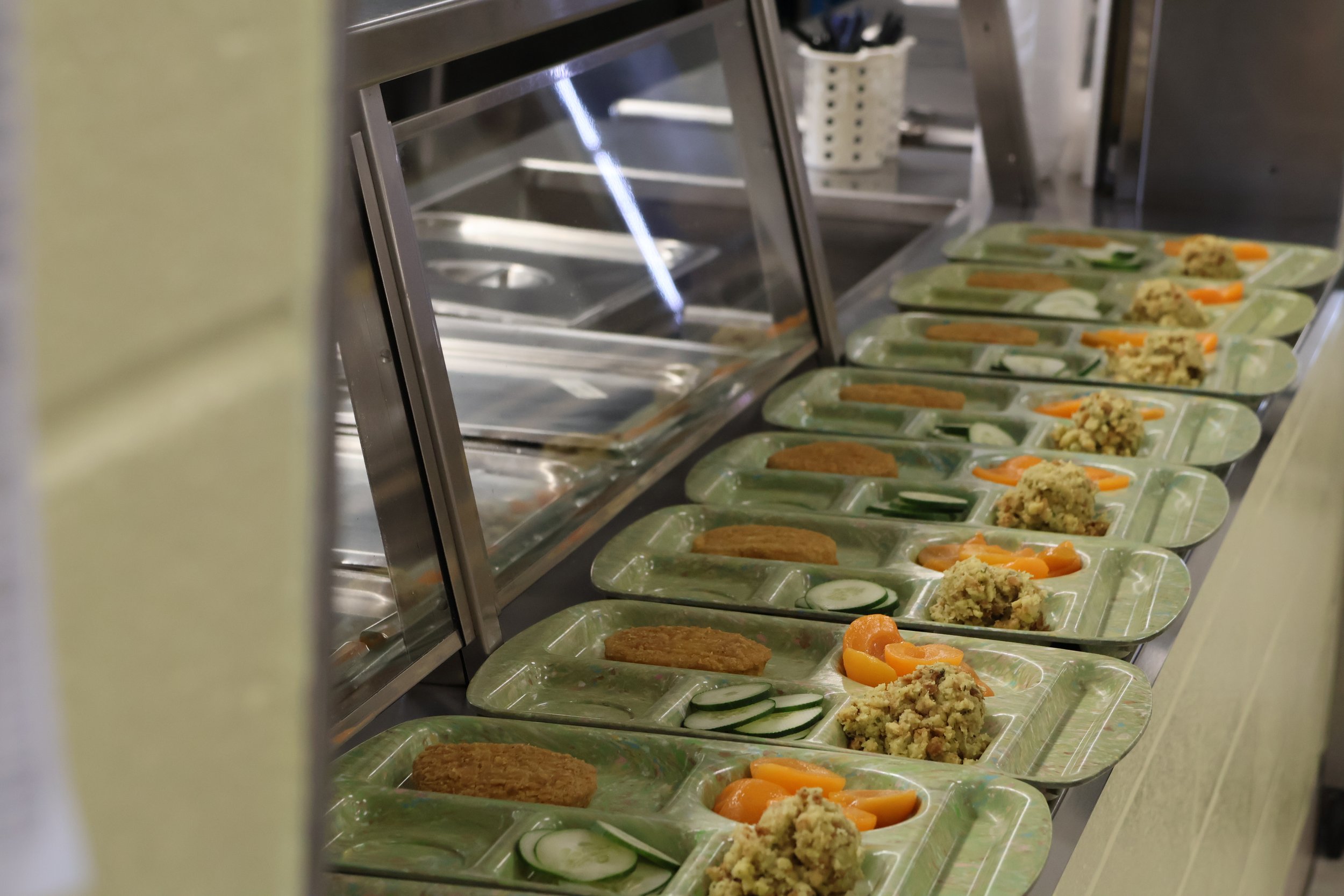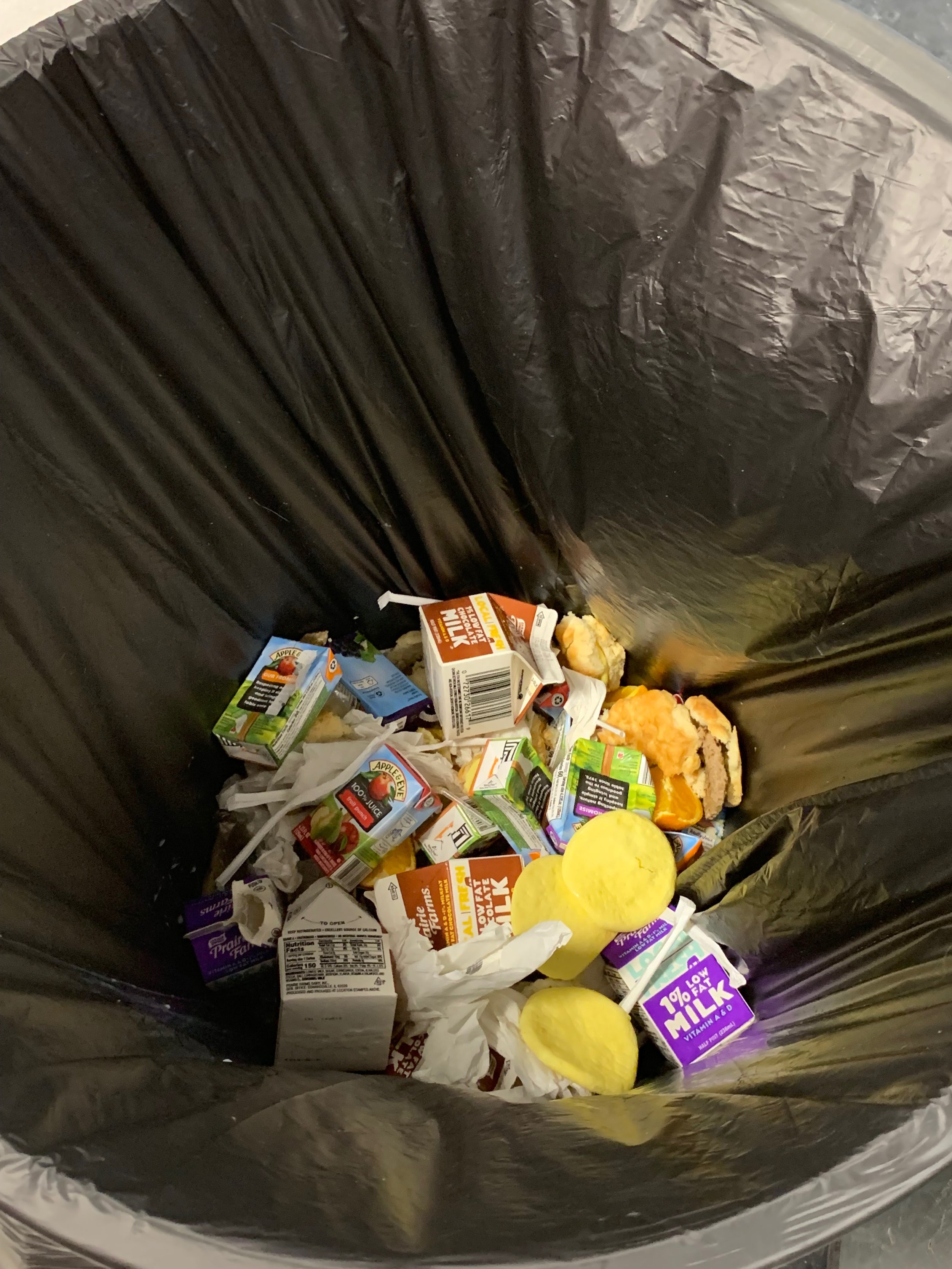
Our food system is broken.
The current food system is focused on highly processed commodities and ingredients that are transported hundreds and thousands of miles, then served in cafeterias across the country.
We work to address three main issues that are a result of our current food system:
Student Behavior and Performance
Healthy food supports academic achievement and sets children on the path to lifelong eating habits to live their best life. However, processed convenience foods have become normalized in school districts across the country. The food additives and chemicals in processed convenience foods are considered to be harmful to a child’s well-being, leading to more school nurse visits, lower academic scores, and behavior issues.
Food Waste and Sustainability
Food waste contributes to increased food and labor costs within an operation and negatively impacts the environment. Furthermore, food thrown away from students trays is food that is not fueling their brains and bodies for success in the classroom. We use the term sustainable to define an operation that not only focuses on waste reduction, efficient water and electric usage, and environmentally-responsible food purchases, but also a successful program that maintains cost-neutrality through kitchen efficiencies.
Undervalued Workforce
The work of foodservice employees is commonly stigmatized and undervalued, often perceived as an undesirable job with limited upward growth. Historically and systemically speaking, foodservice operations have not been immune to larger issues and dynamics of inequities, disparate impact, and disproportionate outcomes. Those at the receiving end of these systems as well as those part of it have been marginalized, disempowered, and in many ways invisible.




